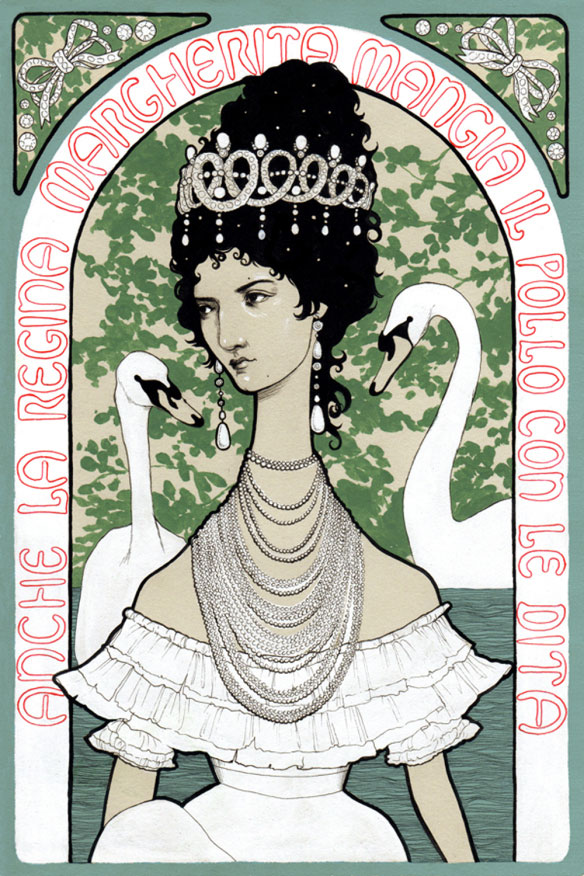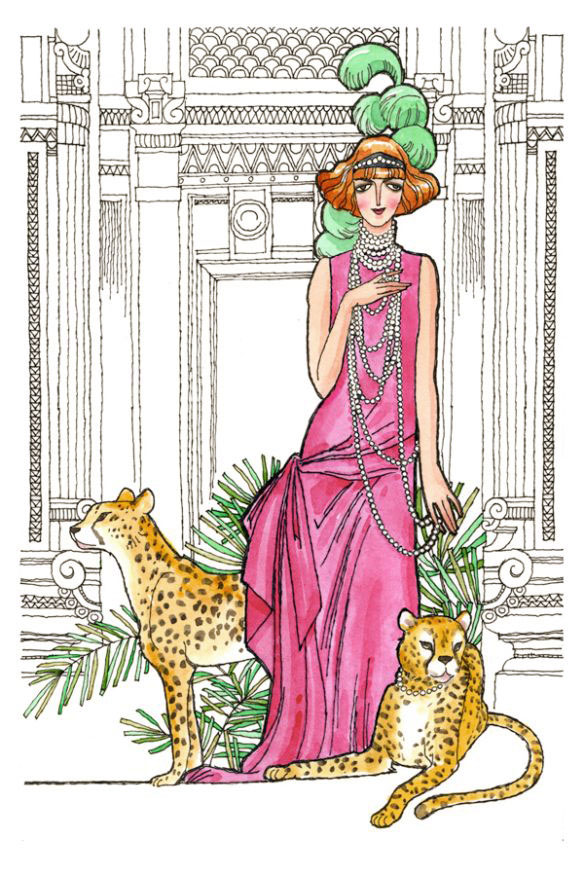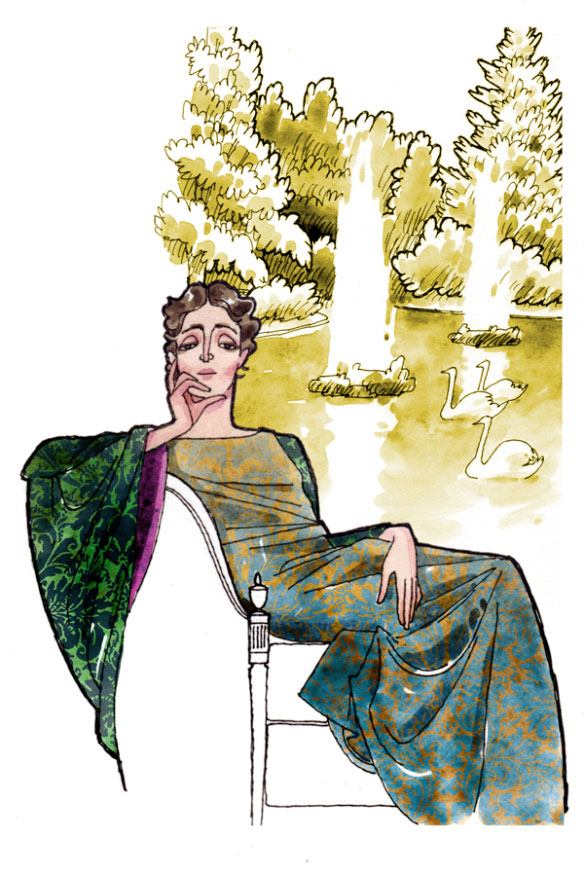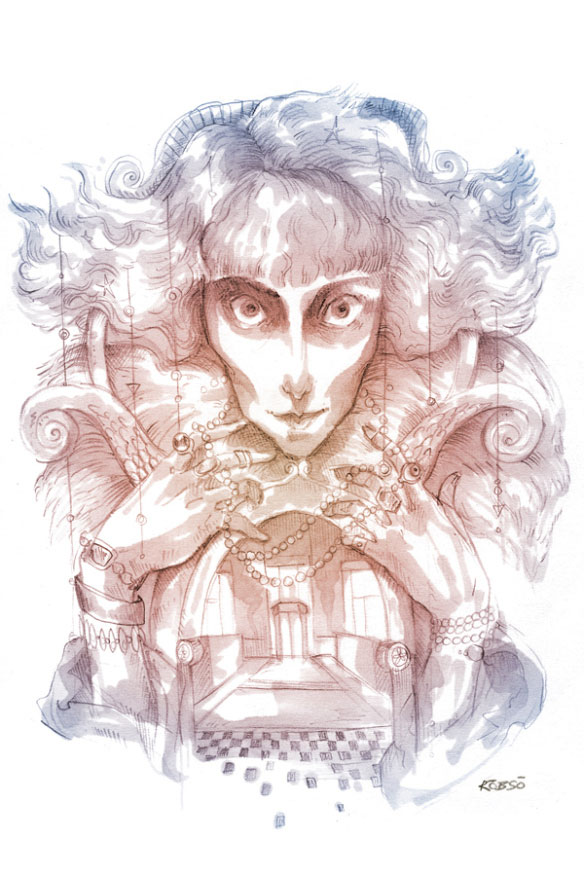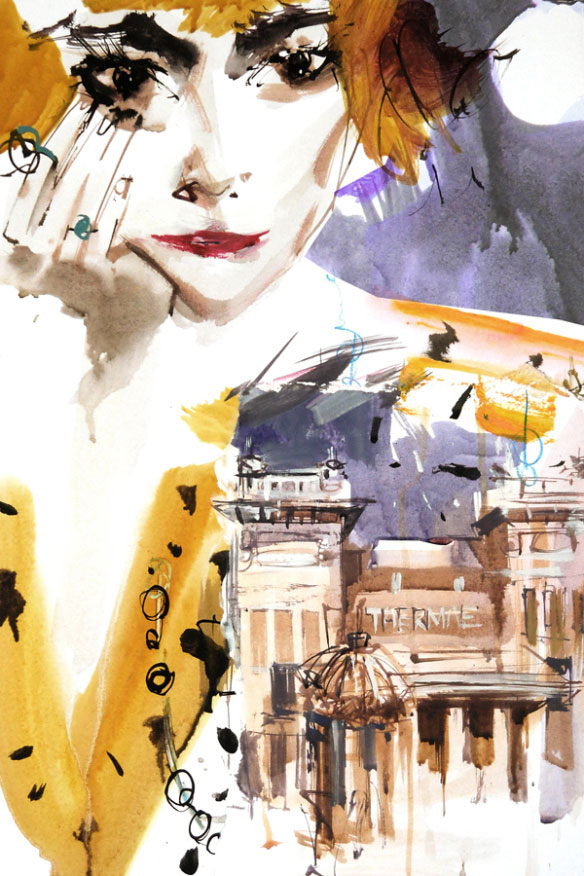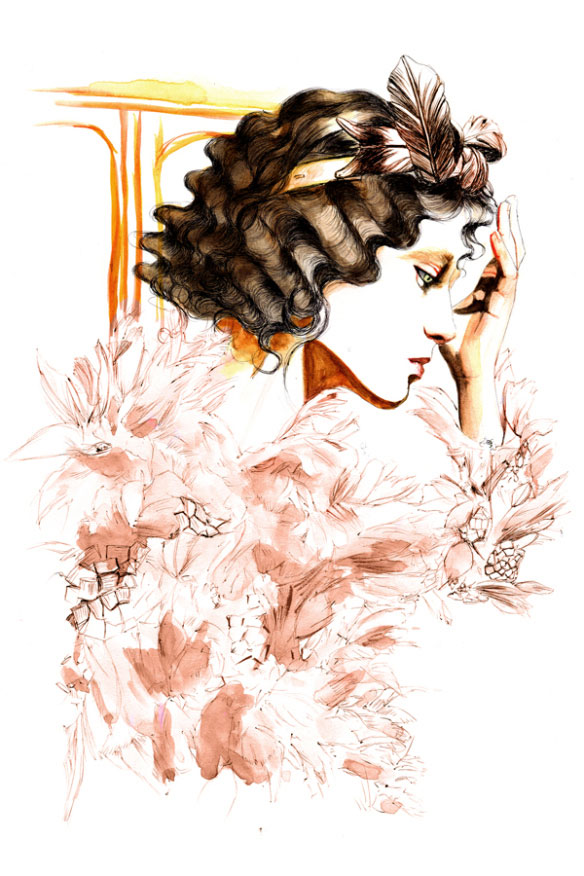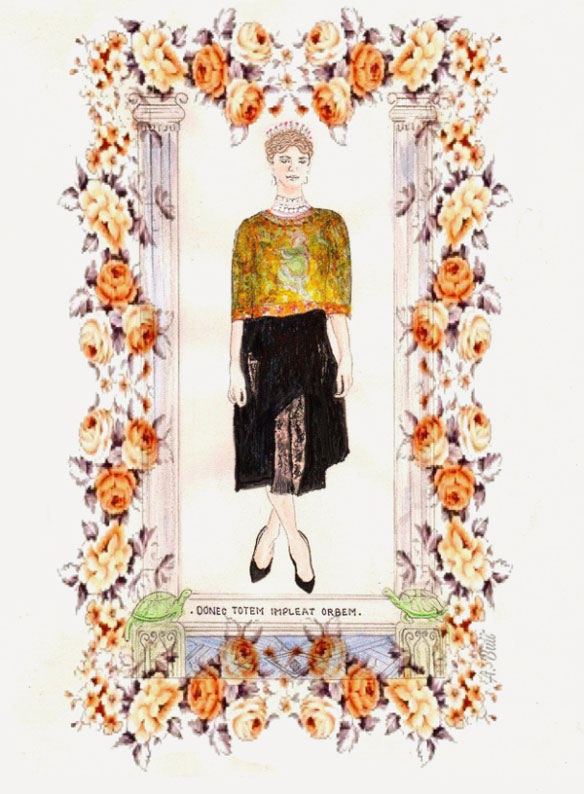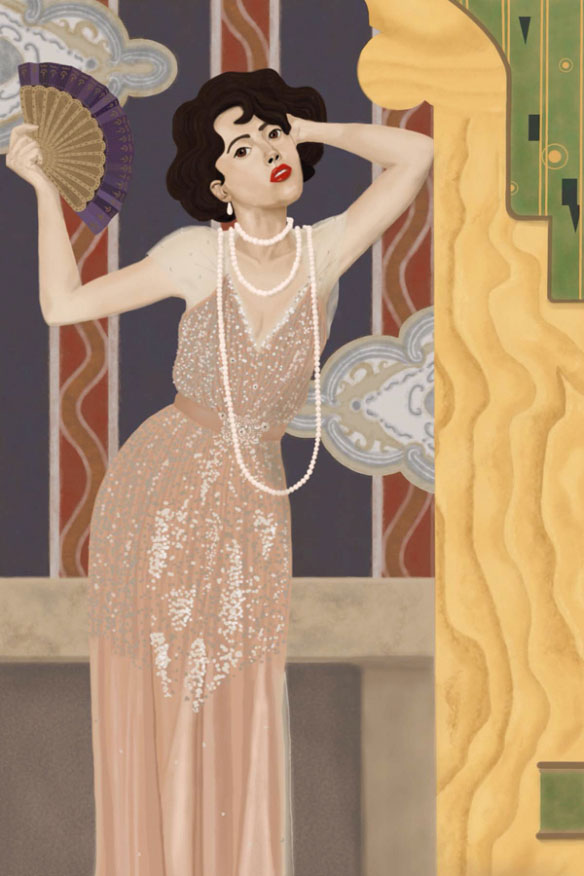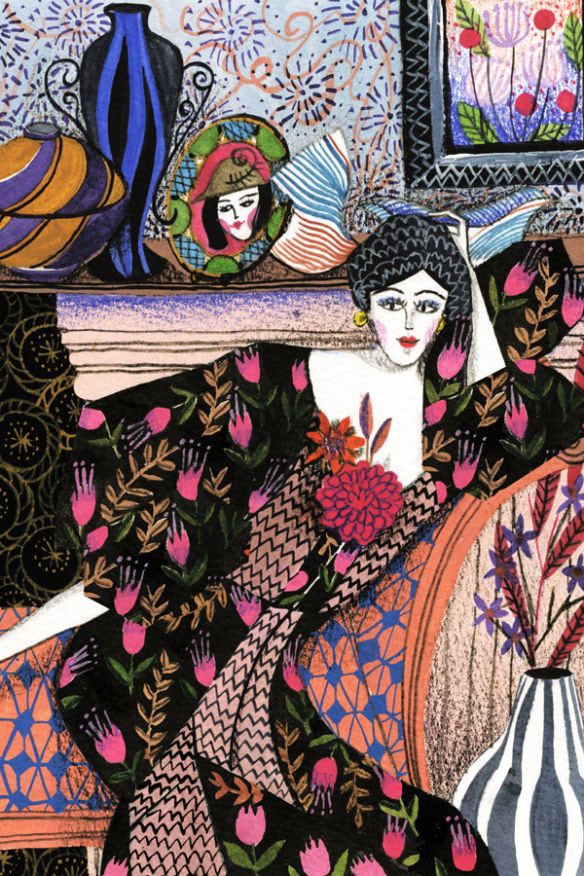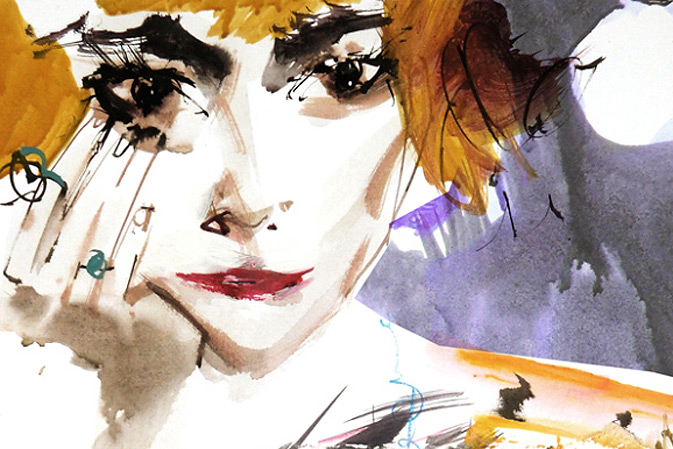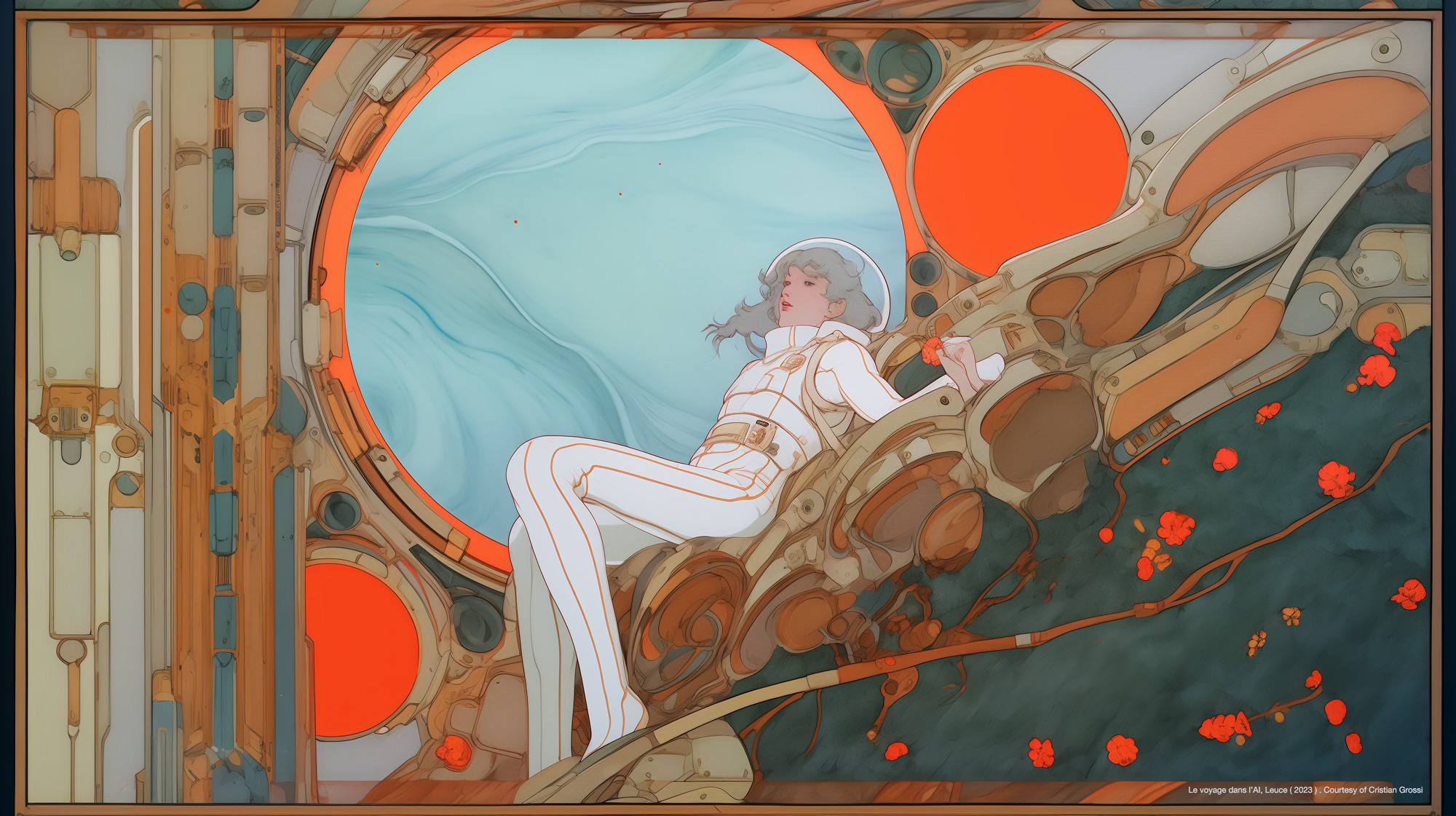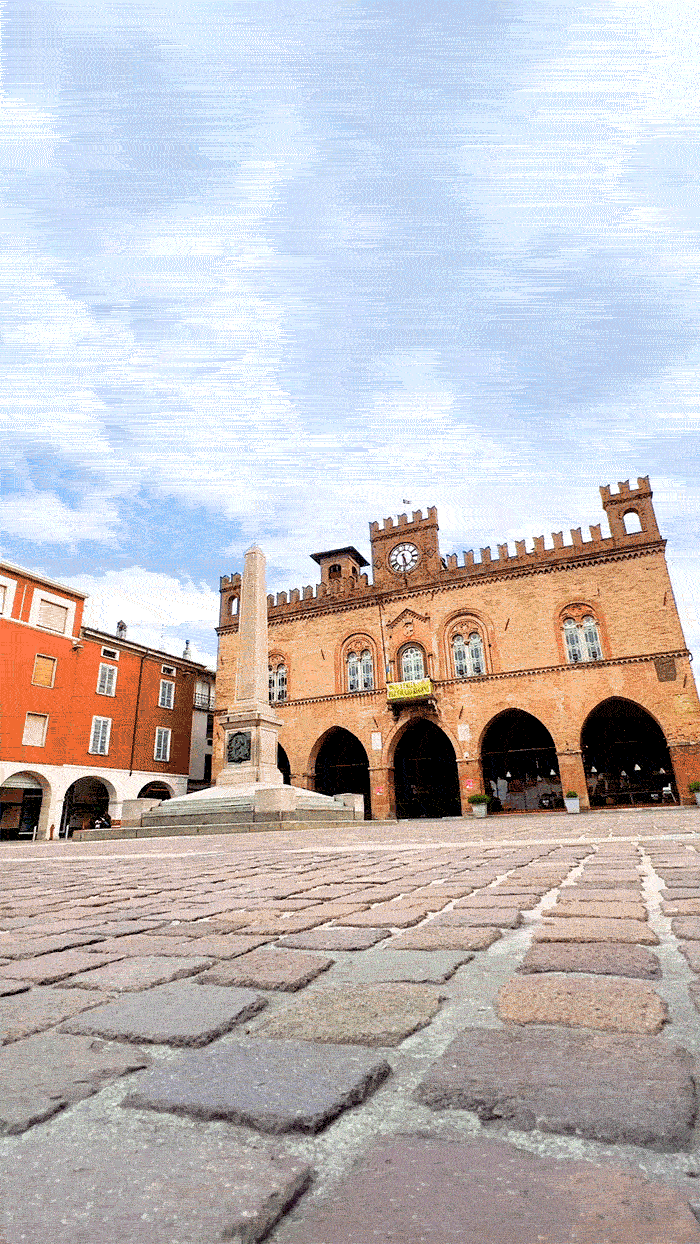There was a golden time in which art invaded real life, creating from anew fashion and design, which invariably leads to gossip and exclusive parties. It was the time of “La belle Epoque”. That was also the era of the Diva, a beautiful and unforgettable kind of woman considered to lead an extreme life, someone who could leave you breathless and who could charm everyone around her with her unique and glamorous style.
Few cities in the world could sum up the roaring spirit of the belle époque like Salsomaggiore Terme (Italy). Salsomaggiore was the place to be for the European jet set. Here you could encounter intellectuals, artists, noblemen, industrialists and of course their stunning wives, lovers and muses. During this time the city flourished and became a true Art Nouveau masterpiece.
Before the outbreak of world wars, before the greenhouse effect and the ozone depletion, before La Dolce vita, before Warhol and before Lady Gaga there was a golden time in which art invaded real life, creating from anew fashion and design, which invariably leads to gossip and exclusive parties. It was the time of “La belle epoque”. That was also the era of the Diva, a beautiful and unforgettable kind of woman considered to lead an extreme life, someone who could leave you breathless and who could charm everyone around her with her unique and glamorous style. Few cities in the world can sum up the roaring spirit of the belle époque like Salsomaggiore Terme (Italy). Salsomaggiore was the place to be for the European jet set. Here you could encounter intellectuals, artists, noblemen, industrialists and of course their stunning wives, lovers and muses. During this time the city flourished and became a true Art Nouveau masterpiece. After the first world war Salsomaggiore became the stage for the country’s most important beauty contest. Every year, hundreds of gorgeous women would parade through the streets of the city hoping to be the next television or movie stars.
Donna Franca Florio
She was the most envied woman of the Italian belle époque, courted by intellectuals, noblemen and entrepreneurs from all over Europe. Poet Gabriele D’Annunzio used to call her “the Divine” or “the One”, while Kaiser Wilhelm II referred to her as the “Star of Italy”. Many knew her as the “Queen of Sicily” and for everyone else she was Donna Franca.
Born in Sicily from an ancient noble family, Donna Franca married Ignazio Florio Jr, a wealthy industrialist known for producing Marsala wine and for his love for expensive yachts. According to rumors Ignazio betrayed her with many women, including Bella Otero, a famous dancer of the Folie de Pigalle. Nonetheless Donna Franca was always at the center of gossip, people loved to talked about her and her style, for example there was a famous challenge that involved the Queen Margherita of Italy and who had the longest pearl necklace. We are not sure about the winner, but we do know that Donna Franca’s was seven meter long. She was also accused of using a painful aesthetic surgery called “porcellanare” because she wanted to whiten her dark Mediterranean skin to make it look like china.

Young and beautiful Ignazio Florio Jr and Donna Franca were one of the most glamorous couples of the time. Where there was a high society party, there you would find them. In their numerous villas in Palermo they would host noblemen and intellectuals from all over Europe, from the Tsar of Russia to artists like Giovanni Boldini, who among other things painted a famous portrait of Donna Franca. In this picture Donna Franca was depicted in such a sensual pose that her husband felt compelled to ask for a couple of adjustments to avoid a scandal.
Unfortunately there was a terrible curse placed on Donna Franca. In a few months time she lose three of her five children. In addition, the family business was going through a crisis and the family little by little had to sell all of their assets. The Queen of Sicily lived her last days in poverty, forgotten by the world that used to adore her.
(Franca Florio: Palermo, 27 dicembre 1873 – Migliarino Pisano, 10 novembre 1950
